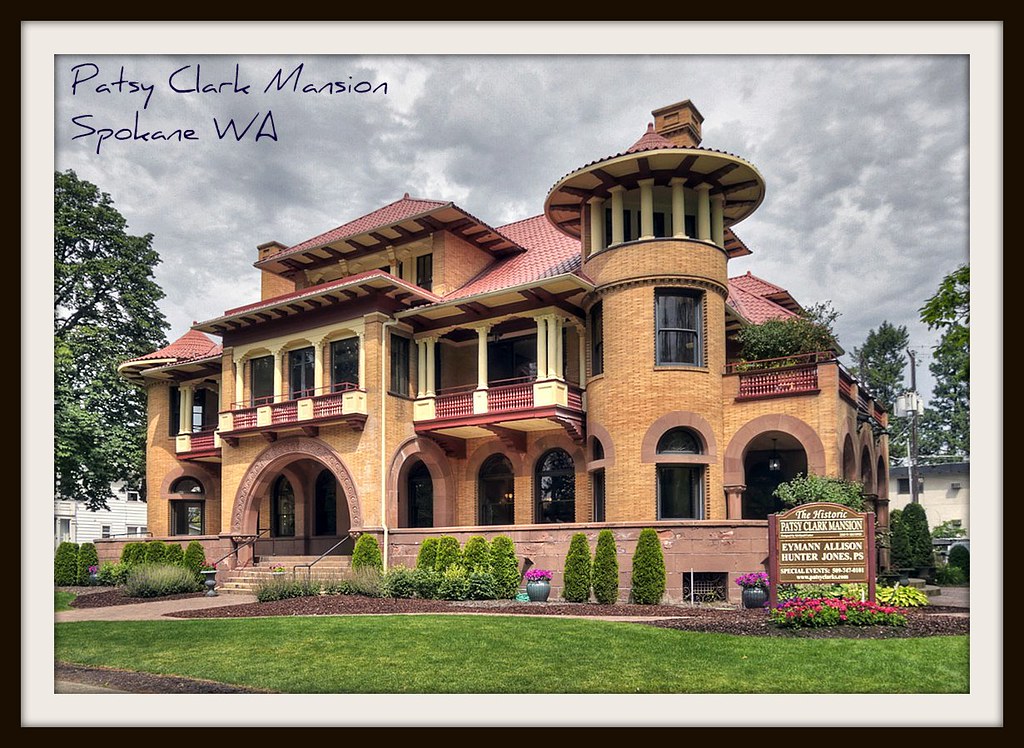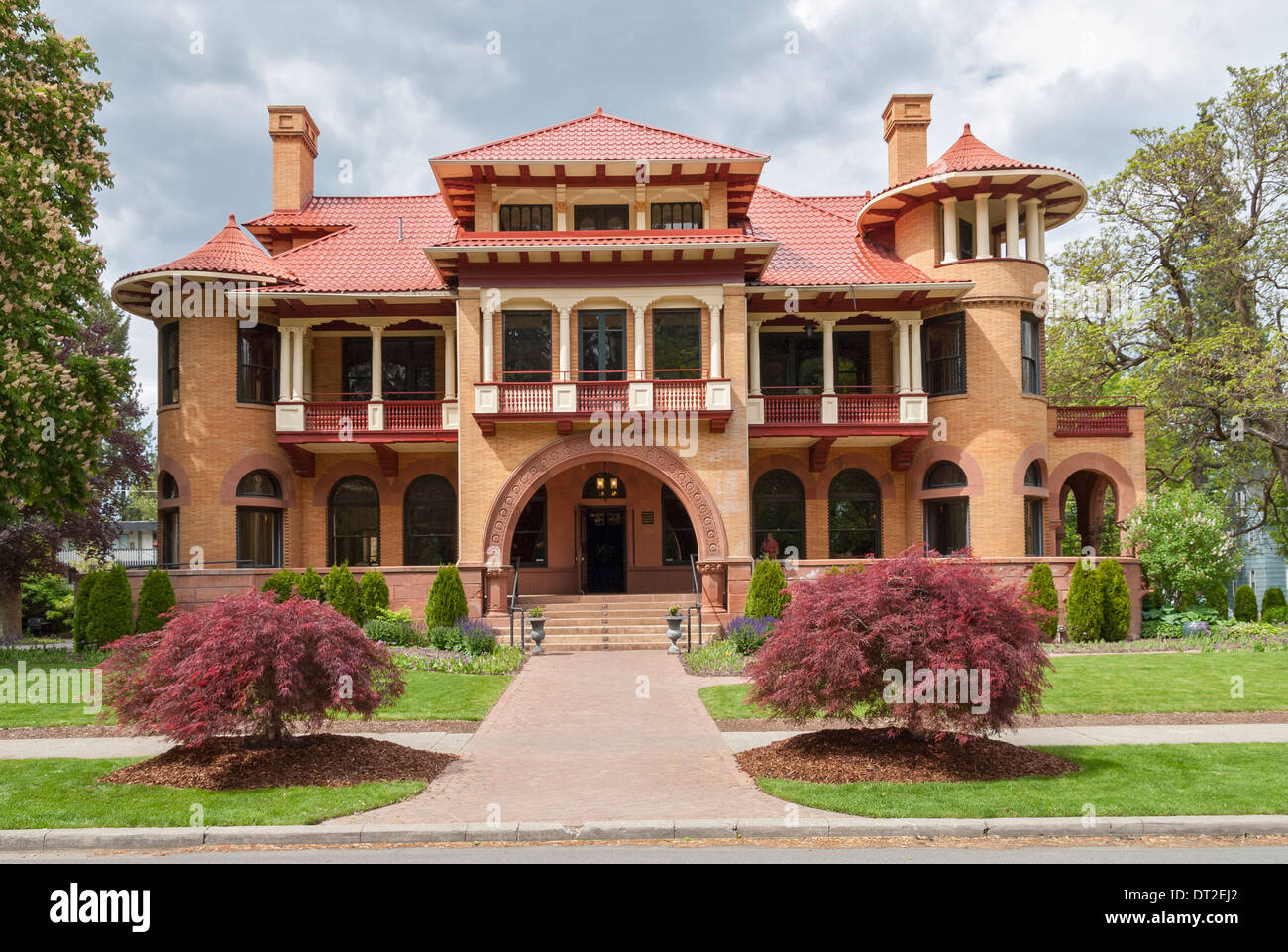
Echoes from the American Soil: Unearthing a Nation’s Enduring Legends
America, a nation forged in revolution and innovation, is equally defined by the whispers of its past – a vast, intricate tapestry woven from the threads of ancient indigenous myths, colonial anxieties, frontier bravado, and modern-day marvels. These legends, far from being mere fables, are the mythic heartbeat of a continent, reflecting its deepest fears, grandest aspirations, and the ever-present human need to make sense of the unknown. From spectral horsemen to lumbering giants, the lore of America offers a profound journey into the collective psyche, a journey meticulously cataloged and preserved by dedicated chroniclers like Walter A. "Pat" Clark.
Clark, whose extensive collection and meticulous documentation from the early 20th century preserved countless stories from the Hopi, Navajo, and Zuni peoples, understood the profound cultural wealth held within these oral traditions. His work, often cited by ethnographers and historians, serves as a vital bridge to understanding the foundational layers of American mythology, demonstrating how these narratives are not just entertainment, but living chronicles of belief, experience, and the human condition.
The Deep Roots: Indigenous Narratives

Before European settlers ever cast their shadows upon the continent, the land pulsed with stories. Indigenous peoples across North America possessed rich, complex mythologies that explained creation, natural phenomena, moral codes, and the very fabric of existence. These narratives, passed down through generations, often featured animal tricksters like Coyote, culture heroes like Glooscap, or powerful spirits like the Thunderbird.
The Thunderbird, a colossal raptor whose wings beat like thunder and eyes flash with lightning, is a widespread motif across numerous Native American cultures, particularly in the Pacific Northwest and Great Plains. It embodies power, protection, and the bringing of storms. For many tribes, its appearance signifies profound change or a spiritual message. Similarly, the Wendigo, a malevolent spirit of the Algonquian-speaking peoples, embodies insatiable hunger, greed, and the taboos surrounding cannibalism. Its terrifying legend served as a potent warning against selfishness and the dangers of starvation in harsh northern climates.
It was precisely these kinds of stories that fascinated individuals like W.A. Pat Clark. His expeditions into the American Southwest, where he engaged with tribal elders and painstakingly recorded their traditions, helped ensure that these invaluable cultural artifacts were not lost to time. Clark’s collection, rich with accounts of Kachina spirits, Navajo skinwalkers – malevolent witches who can shapeshift into animals – and the intricate cosmology of the Hopi, offers a rare glimpse into belief systems that predate the nation itself. As Clark himself might have observed, these tales were not just stories; they were instruction manuals for life, deeply intertwined with the spiritual and physical landscape.
Colonial Echoes and Early American Apparitions
As European settlers arrived, bringing their own fears of the untamed wilderness and superstitions from the old world, their folklore began to blend with the indigenous tapestry. The dense, dark forests, the isolation, and the unknown dangers provided fertile ground for new legends to take root.
Perhaps one of the most iconic is the tale of the Headless Horseman of Sleepy Hollow, immortalized by Washington Irving. Set in a Dutch settlement in upstate New York, the story of Ichabod Crane’s terrifying encounter with the spectral Hessian trooper, said to have lost his head to a cannonball during the Revolutionary War, captures the anxieties of a nascent nation. It’s a blend of European ghost lore – headless riders are common in Germanic folklore – with a distinctly American setting and historical context, reflecting the lingering trauma of war and the mysterious, unsettling aspects of the frontier.
The Salem Witch Trials, a historical event from 1692-1693, also spawned enduring legends. While rooted in actual accusations and executions, the subsequent narratives transformed the events into a cautionary tale about mass hysteria, religious fervor, and the dangers of unfounded fear. Spectral evidence, flying brooms, and pacts with the devil became ingrained in the American imagination, a dark chapter that continues to fascinate and horrify. These early American legends often served a dual purpose: to explain the unexplainable and to enforce social norms, albeit sometimes through terrifying means.
The Frontier, Industry, and Mythic Heroes

The relentless westward expansion, a crucible of courage, hardship, and ambition, birthed a new pantheon of American folk heroes. These larger-than-life figures, often imbued with superhuman strength and boundless optimism, embodied the spirit of a nation determined to conquer a vast wilderness.
Paul Bunyan, the colossal lumberjack and his blue ox, Babe, are perhaps the most quintessential. From creating the Grand Canyon with his axe to digging the Great Lakes for Babe’s watering hole, Bunyan’s tales are a celebration of American ingenuity, strength, and the relentless drive to tame the frontier. Originating in the logging camps of the Midwest and Northeast, his stories provided entertainment and a sense of shared identity among hard-working men facing immense challenges.
Similarly, John Henry, the "steel-driving man," represents the industrial age and the struggle of man against machine. This African American folk hero, said to have beaten a steam-powered drill in a race to lay railroad tracks, only to die from exhaustion, embodies the resilience, sacrifice, and often tragic human cost of America’s rapid industrialization. His legend, passed down through ballads and oral tradition, speaks to themes of dignity, labor, and the enduring spirit in the face of overwhelming odds.
Pecos Bill, the cowboy who rode a cyclone and invented the lasso, is another example of a frontier legend. Born in a covered wagon, raised by coyotes, and possessing an uncanny ability to tame the wildest elements of the West, Bill personifies the rugged individualism and daring spirit associated with the American cowboy. These characters, while fictional, served as aspirational figures, embodying the virtues that Americans valued in their push to build a nation.
Modern Manifestations: Cryptids and Urban Legends
Even as the frontier closed and technology advanced, the human need for wonder, explanation, and a good scare persisted. The 20th and 21st centuries have seen the rise of new legends, often blending traditional monster tropes with modern anxieties and media.
Bigfoot, or Sasquatch, is arguably America’s most famous cryptid. Stories of a large, ape-like creature roaming the dense forests of the Pacific Northwest have persisted for centuries, with indigenous legends often speaking of "wild men of the woods." Modern sightings, fuzzy photographs, and grainy film footage – notably the Patterson-Gimlin film of 1967 – have fueled a dedicated following of believers and researchers. Bigfoot embodies the lingering mystery of America’s wild spaces, a reminder that even in a technologically advanced world, there are still corners of the map that hold secrets.
The Mothman, a winged humanoid creature with glowing red eyes, became a terrifying local legend in Point Pleasant, West Virginia, in the mid-1960s. Its appearances were often linked to unusual events and culminated in the tragic collapse of the Silver Bridge in 1967. The Mothman legend is a chilling example of how collective fear and the unknown can manifest into a localized, powerful myth, reflecting anxieties about industrial accidents and the fragility of modern infrastructure.
Then there are the urban legends: cautionary tales that spread like wildfire through word-of-mouth, email chains, and now, social media. From the alligators in the sewers to the spectral hitchhiker, these stories often reflect contemporary fears: technological dangers, stranger danger, and the hidden horrors that lurk just beneath the surface of everyday life. The digital age has even given rise to entirely new forms of folklore, like the Slender Man, a fictional character created online who quickly permeated popular culture, demonstrating the enduring power of shared narrative in a connected world.
The Enduring Tapestry
From the ancient whispers of the Thunderbird to the cryptic sightings of Bigfoot, America’s legends form an intricate tapestry that continues to evolve. They are more than just stories; they are cultural touchstones, reflecting our deepest fears, our grandest aspirations, and our collective understanding of what it means to be American. They teach us about our relationship with nature, our struggles against adversity, and our enduring fascination with the unknown.
W.A. Pat Clark, through his dedicated work, didn’t just collect stories; he collected pieces of the American soul. He understood that these narratives, whether born of ancient wisdom or modern anxieties, are vital threads in the fabric of national identity. They connect us to our past, inform our present, and continue to shape the way we perceive the world around us. In a nation often defined by its future-oriented drive, these legends serve as powerful reminders that the echoes of the past remain, ever present, shaping the very ground upon which new stories are yet to be written. The legends of America are not static relics; they are living, breathing testaments to the power of human imagination and the enduring mystery of a continent.


